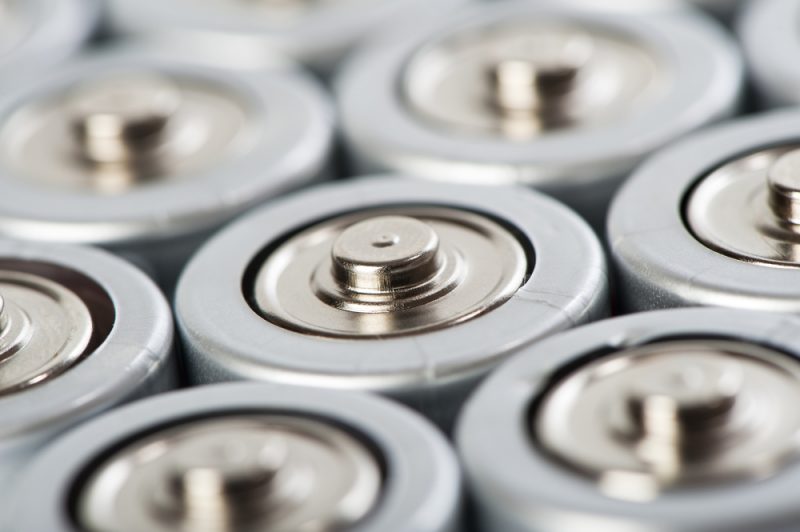ESA report praises advances in energy storage across nine states

A white paper released by the Energy Storage Association (ESA) this week tracked and reported positive feedback on efforts across nine states to review their distribution interconnection standards better incorporate resources like energy storage.
The white paper was produced by the ESA to pitch to lawmakers potentially interested in rewriting their own distribution interconnection rules and better incorporating modern energy storage technology. It is a guide, which discusses potential configurations, challenges to updates based on existing regulations and proposed solutions to current gaps.
While California and Hawaii are leading the way with newly developed interconnection standards, Nevada, New York, Arizona, Minnesota, Maryland, North Carolina, and Massachusetts have either put forwards draft language or initiated working groups to review existing rules and regulations.
“ESA applauds these states for undertaking this important initiative,” the ESA wrote in a follow-up statement. “Updating interconnection standards to incorporate energy storage is a critical step to facilitating the growth of a robust energy storage market. Without the ability to interconnect systems in a timely and affordable manner, no policy stimulus – be it a procurement target or incentive program – will result in robust deployment.”
More specifically, the report pointed to a few key details those nine states have realized in their own rollouts. For one thing, they found that energy storage is capable of both injecting and withdrawing electricity from the system, and thus a quick, highly controllable system in either charge or discharge mode, capable of helping systems meet needs. They also found that for customers, inadvertent exports are critical for a short time, thus requiring rules for such exports to be standardized.
Those standards also need to reflect customers’ ability to control and modify their own use the energy storage system through operational controls, thus preventing upgrade costs based on unlikely system behavior. Instead, the ESA calls for a net system capacity approach–with limited exceptions–for an interconnection study of energy storage.
California and Hawaii are currently leading the pack in the development of such standards. Currently, however, Nevada, New York, Arizona, Minnesota, Maryland, North Carolina and Massachusetts have all worked to either draft language or initiate reviews of existing regulations with eyes toward modernizing interconnection standards.
